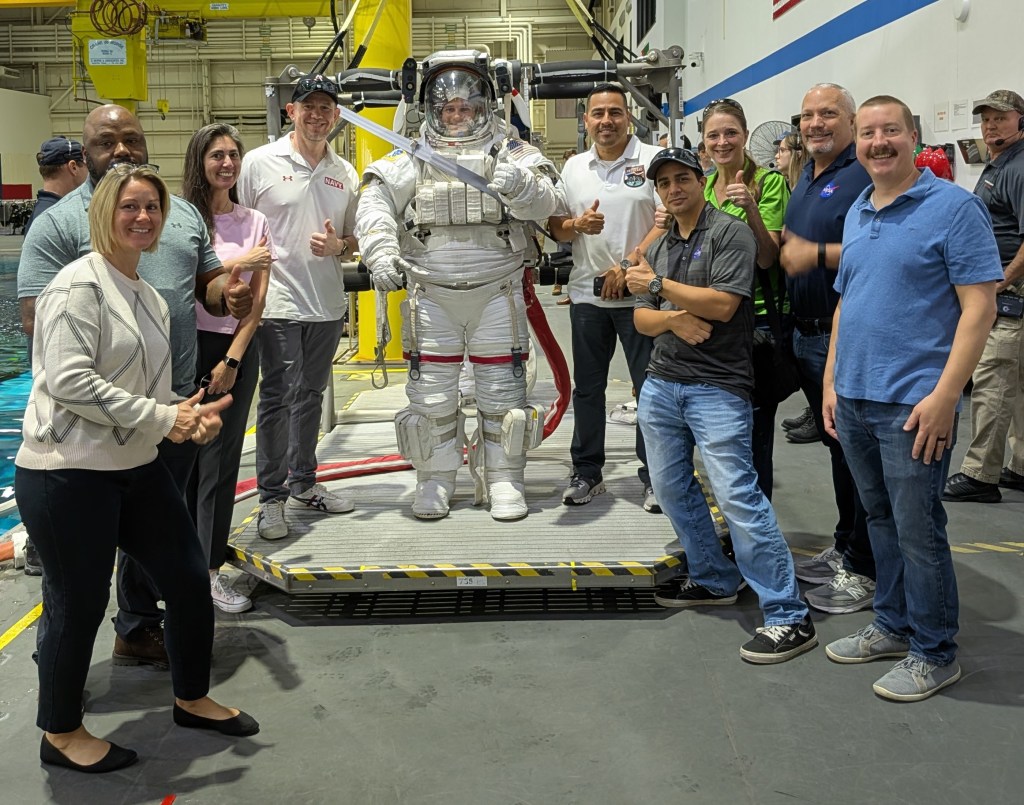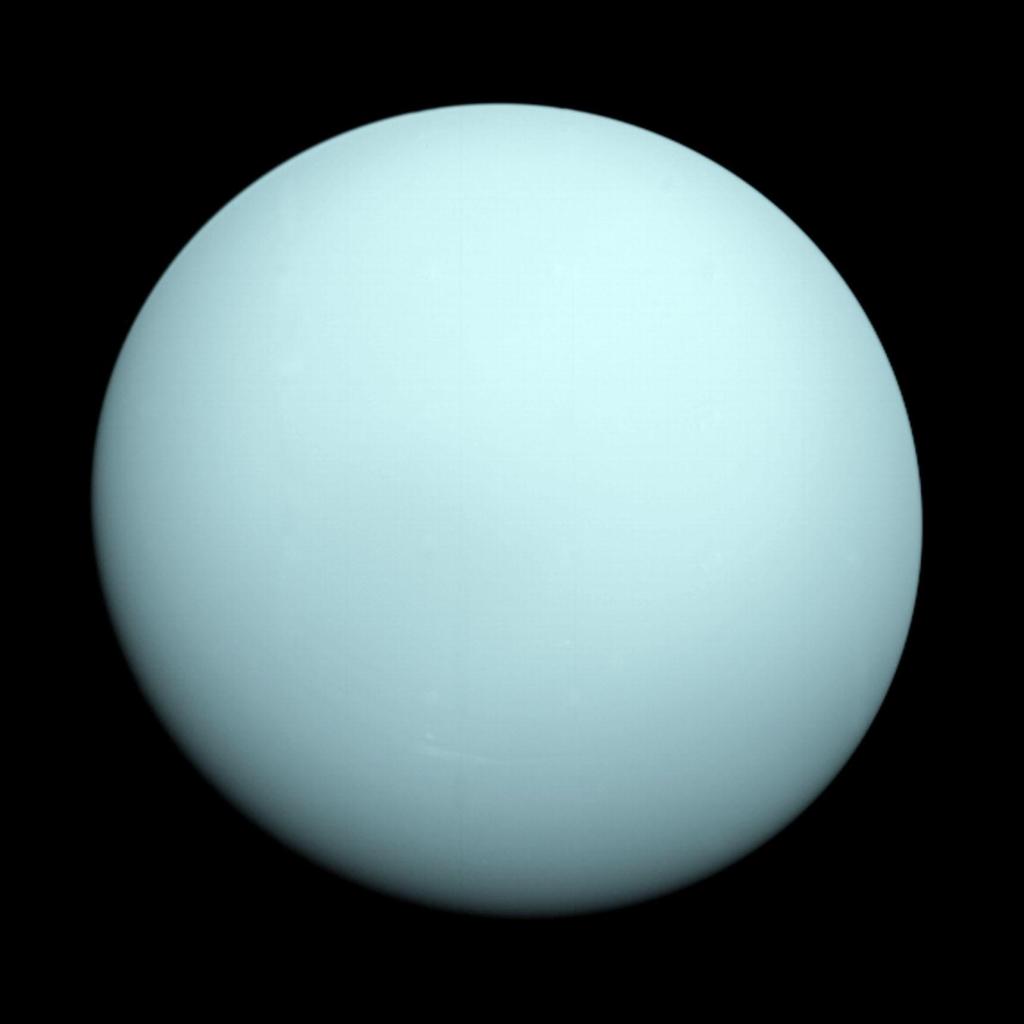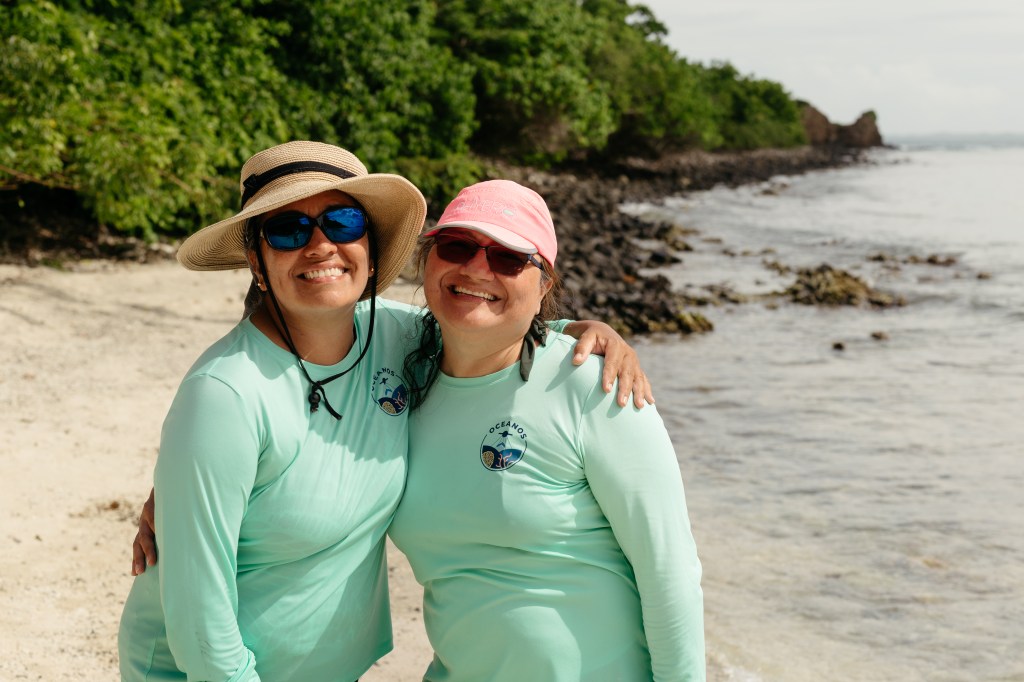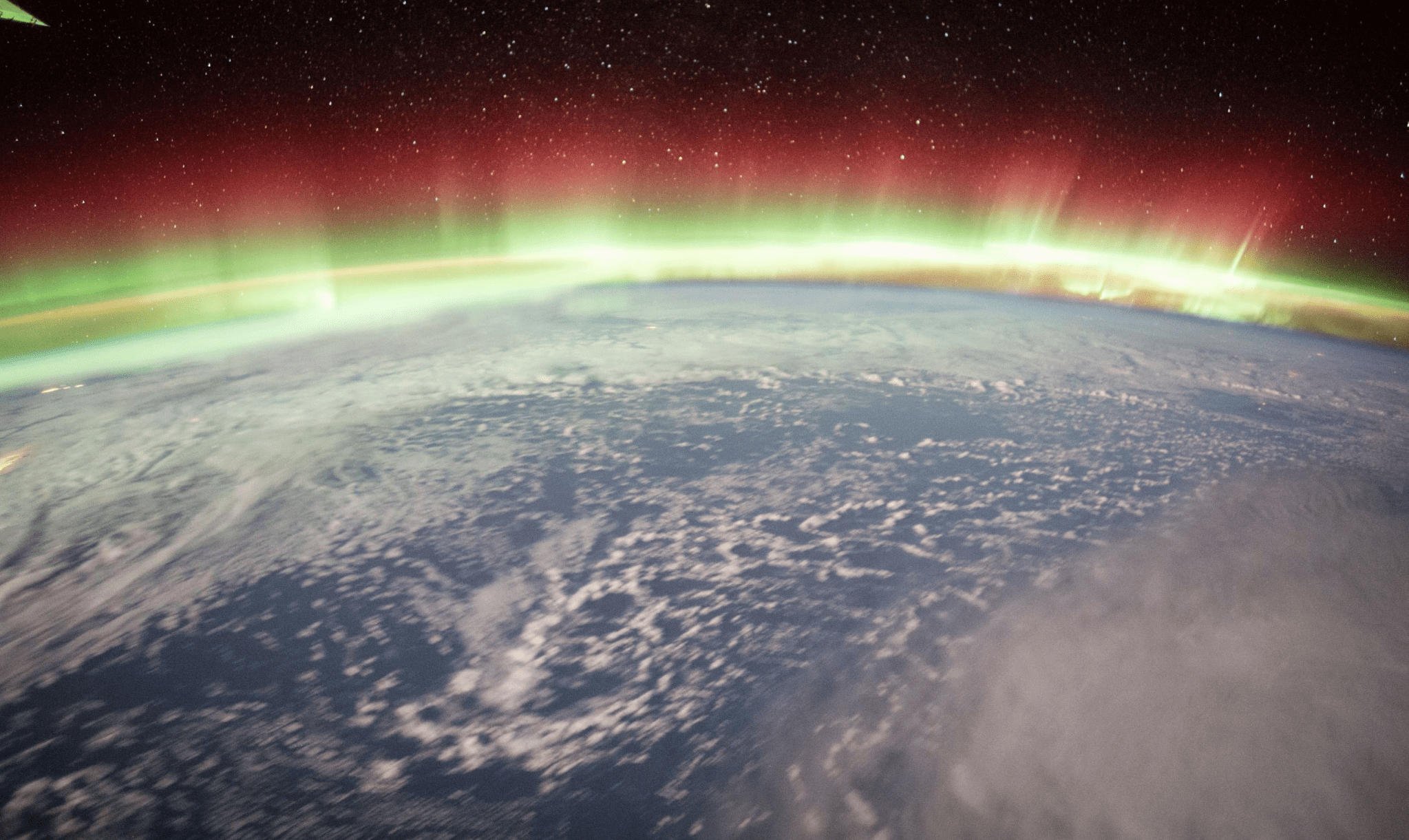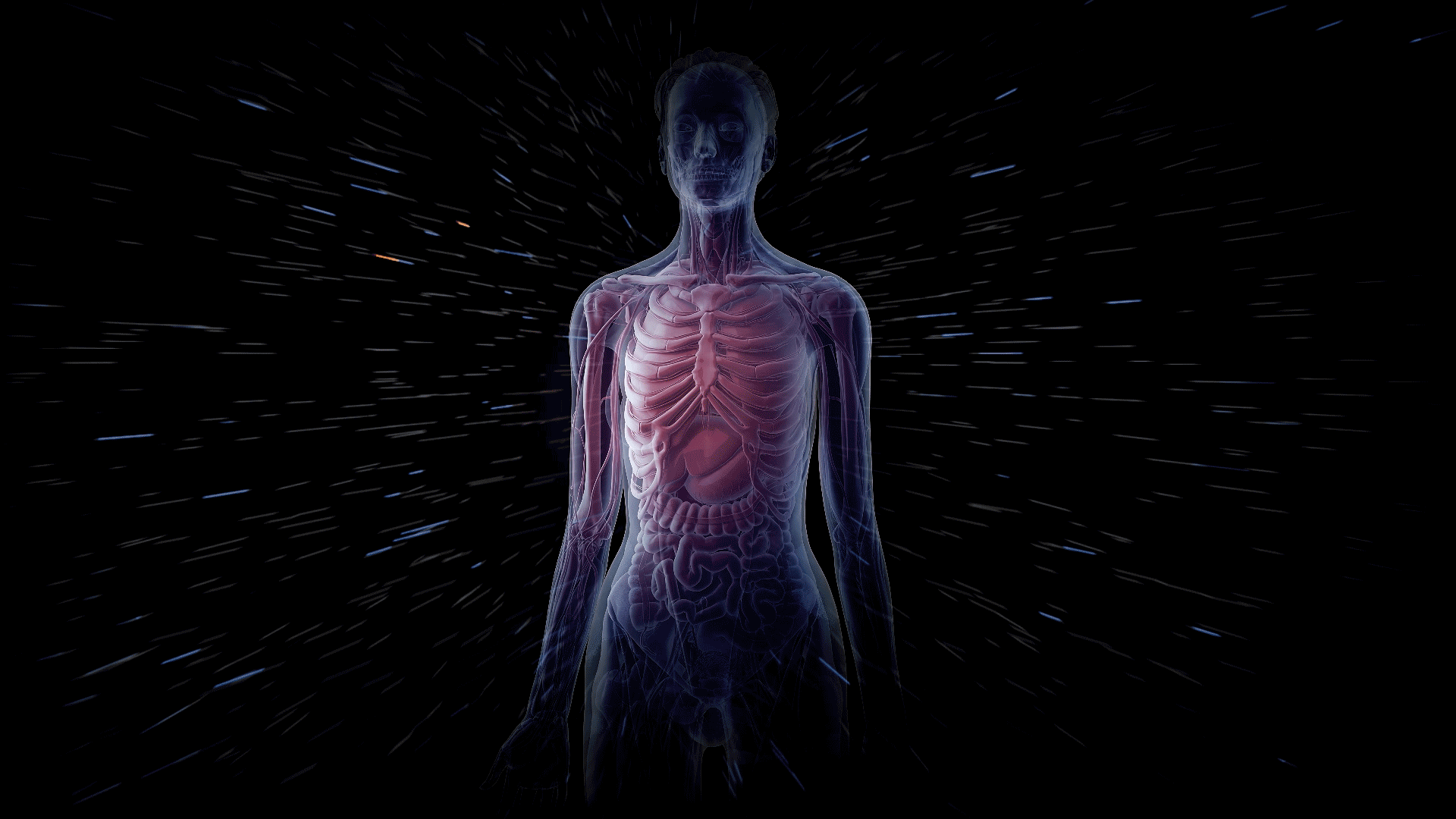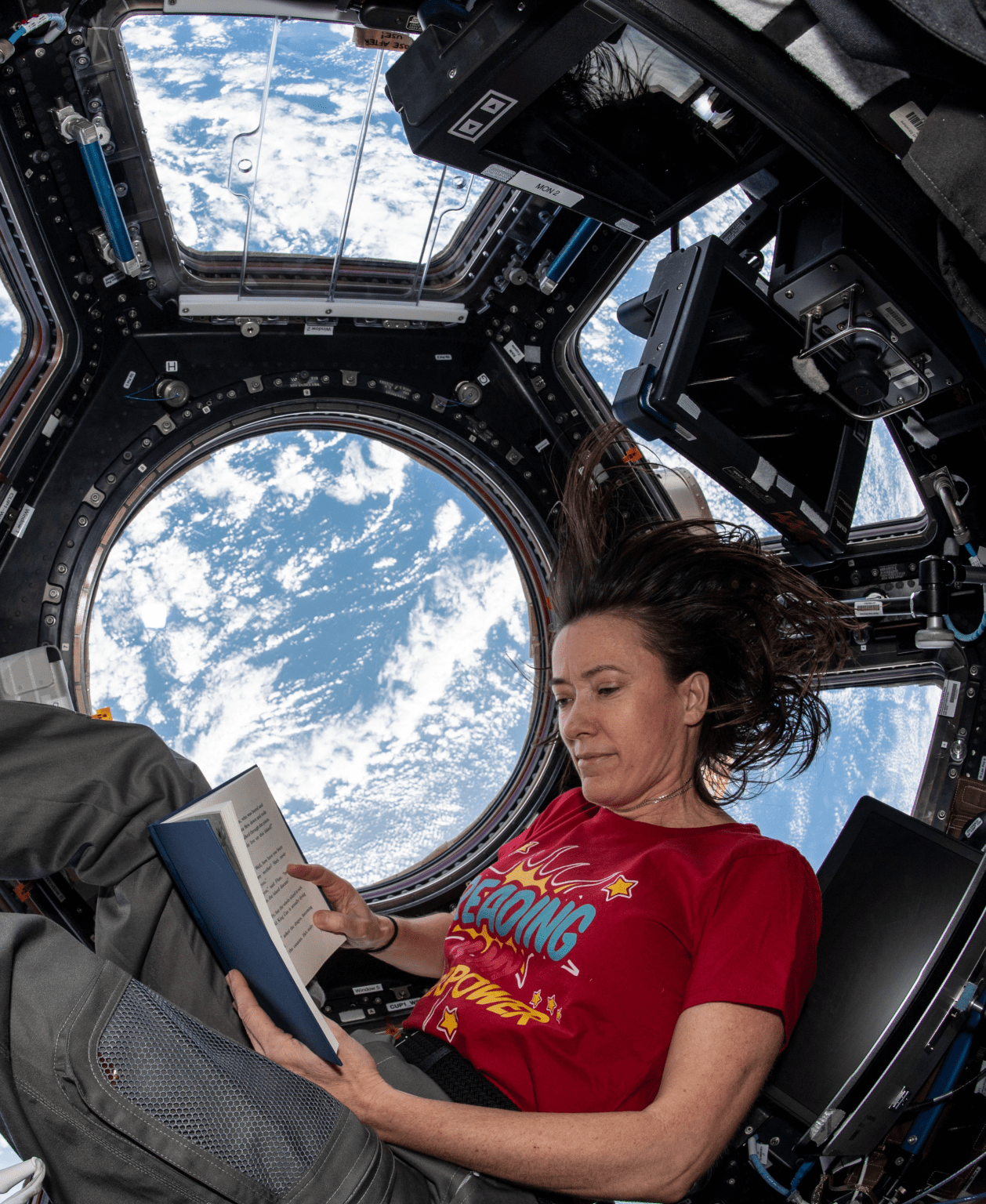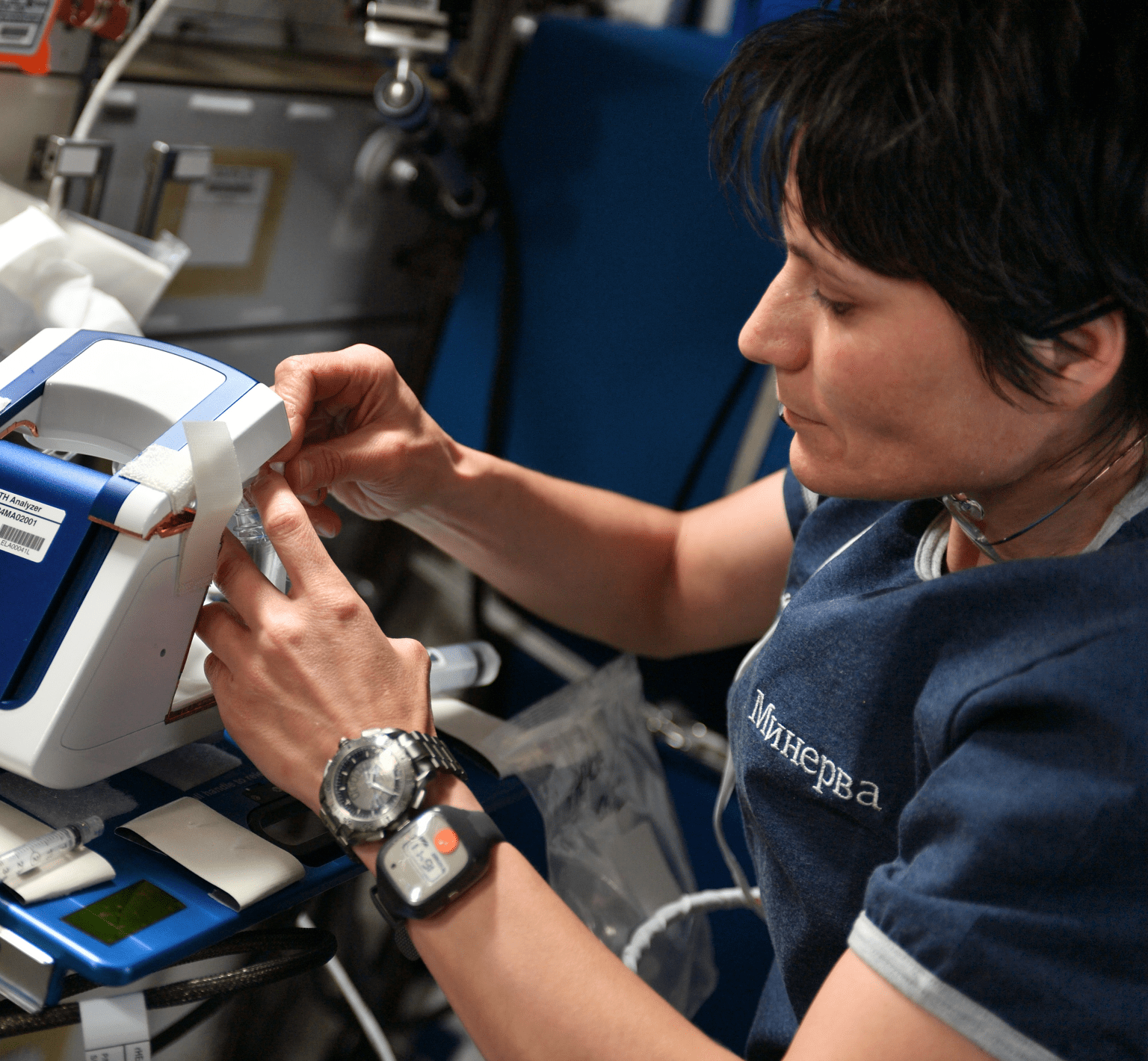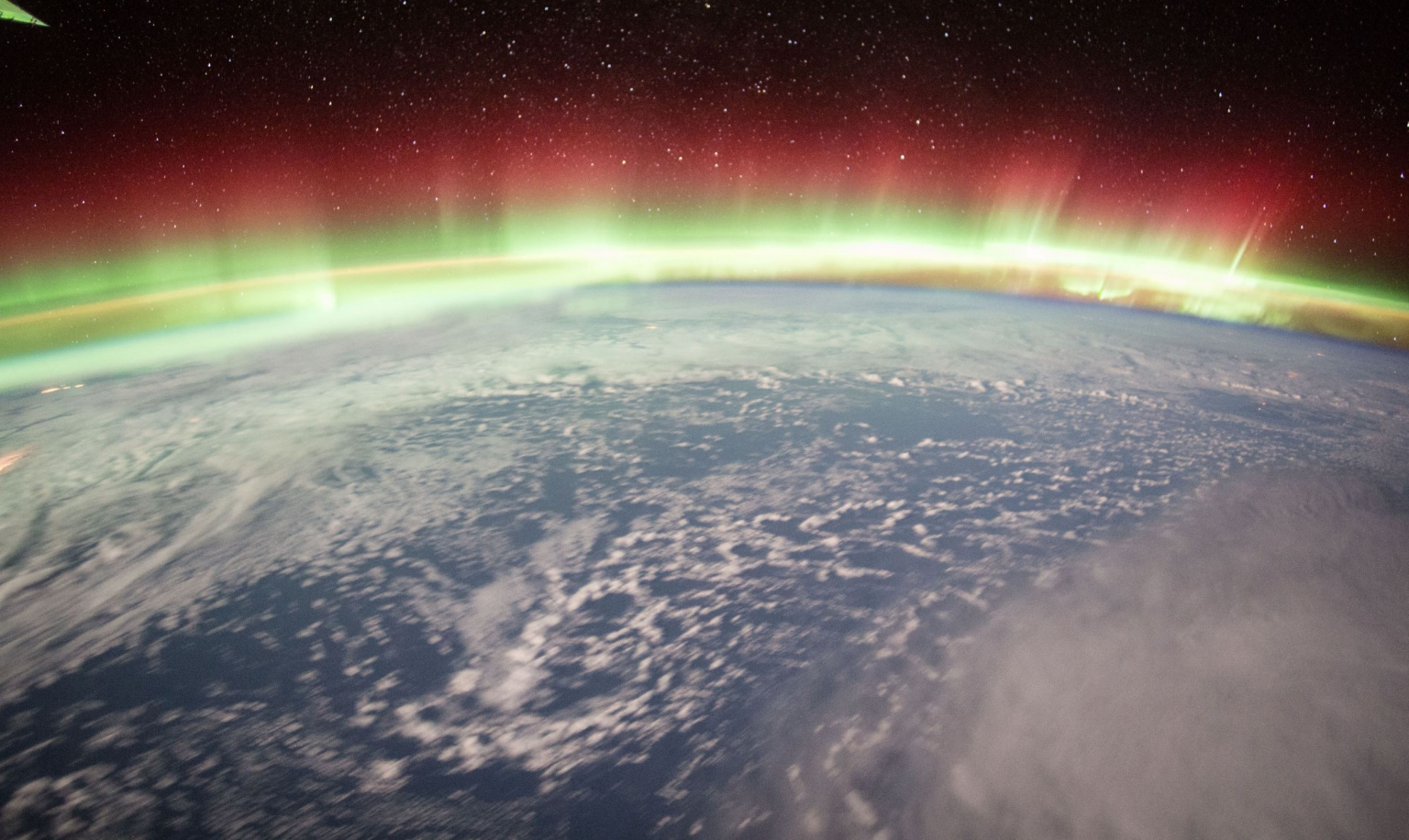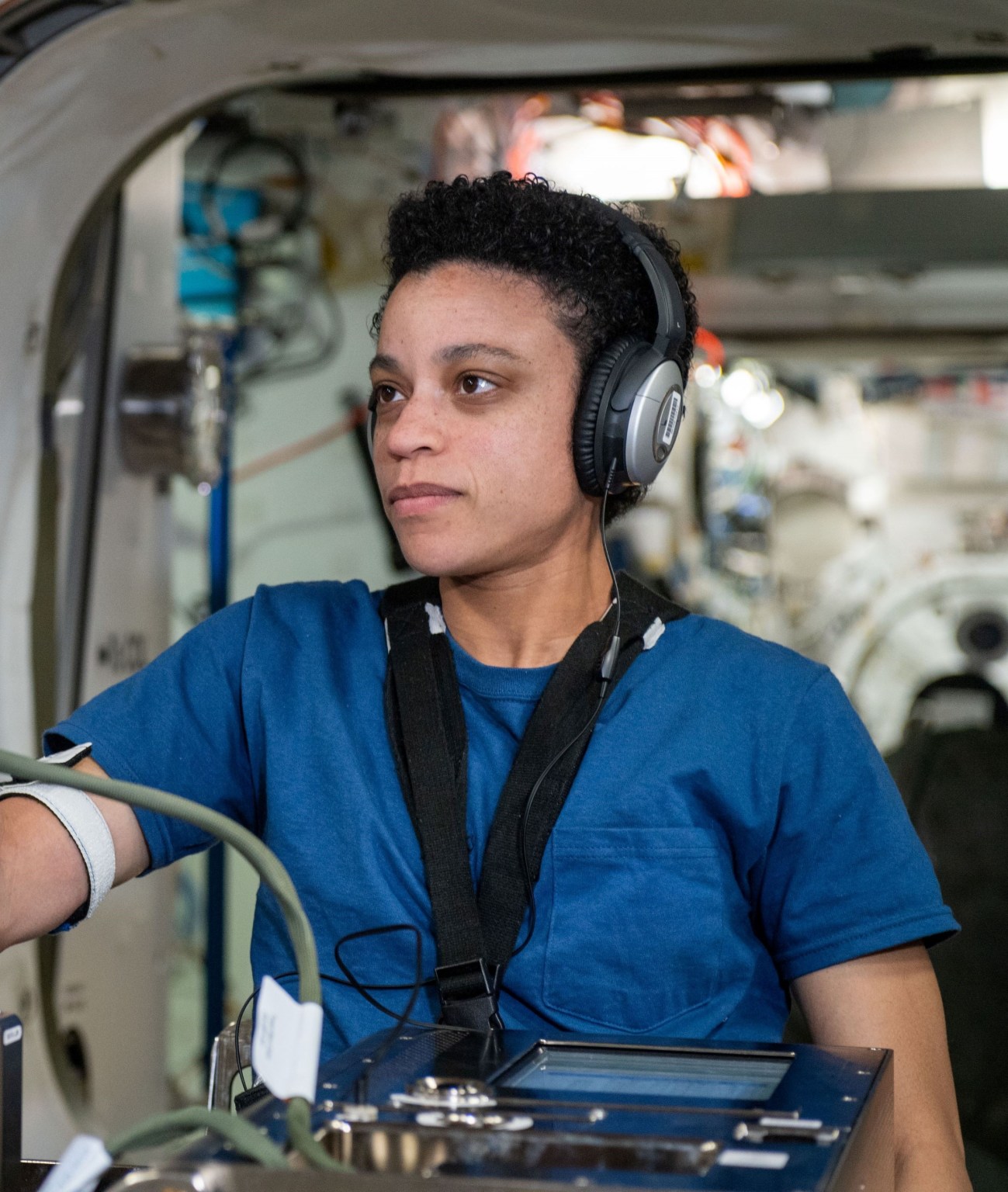What Is Space Radiation?
A series of videos explains more.
NASA Protects Its Superheroes From Space Weather
It’s not a bird or a plane but it might be a solar storm!
We like to think of astronauts as our super heroes, but the reality is astronauts are not built like Superman who gains strength from the Sun. In fact, much of the energy radiating from the Sun is harmful to us mere mortals.
Outside Earth’s protective magnetic field and atmosphere, the ionizing radiation in space will pose a serious risk to astronauts as they travel to Mars. High-energy galactic cosmic rays (GCRs), which are remnants from supernovas, and solar storms like solar particle events (SPEs) and coronal mass ejections (CMEs) can cause harm to the body and spacecraft. These are all components of space weather.
When astronauts travel in space they can’t see or even feel radiation. However, NASA scientists are studying the effects radiation plays on the human body and developing ways to monitor and protect against this silent hazard. Learn how astronauts will endure space weather beyond low Earth orbit here.
Positive, Negative, or Neutral, It All Matters: NASA Explains Space Radiation
Charged particles may be small, but they matter to astronauts. NASA scientists are investigating these particles to solve one of its biggest challenges for a human journey to Mars: space radiation and its effects on the human body.
Space Radiation is Risky Business for the Human Body
Credit: NASA EDGE
Cloudy with a Chance of Radiation: NASA Studies Simulated Radiation (Videos 1 and 2)
Credit: NASA EDGE
Space Radiation Won’t Stop NASA’s Human Exploration
Credit: NASA EDGE
______
NASA’s Human Research Program, or HRP, pursues the best methods and technologies to support safe, productive human space travel. Through science conducted in laboratories, ground-based analogs, and the International Space Station, HRP scrutinizes how spaceflight affects human bodies and behaviors. Such research drives HRP’s quest to innovate ways that keep astronauts healthy and mission-ready as space travel expands to the Moon, Mars, and beyond.

